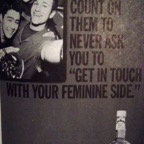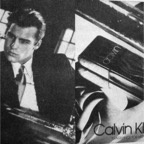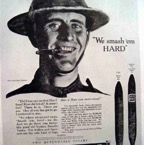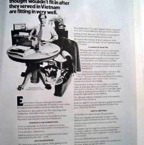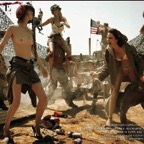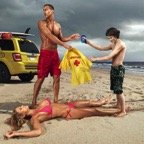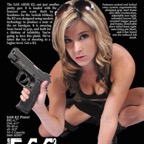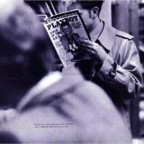Fantasy
Background: Klaus Theweleit's Male Fantasies offers an interesting look at the connections between masculinity, fascism, hatred of women and violence (1987). The Ads: Recent visual compositions in Maxim illustrate the connections between masculinity and violence. Images 1 and 2 are features of U.S. soldiers in Afghanistan. Like ad 6, these two ads suggest that male power (such as in the war machine) is connected to a violent and competitive sexuality. Image 5 is particularly disturbing and should raise questions about the nature of our popular culture. It is also interesting to analyze images 4 and 15, especially as they suggest the ways in which boys are inculcated and socialized in the gender order of society. Resources: Psychological studies of fantasy abound, and a clear foundation for the understanding of the politics of fantasy is its construction in the human mind. Discussion Questions: (1) In what situations are a person's fantasies legitimate. In other words, are there situations in which one person's fantasy does not compromise the safety, security or dignity of the person subject of the fantasy? (2) Do men and women share similar fantasies? If so, how are they similar? How are they different? (3) Why does there seem to be a connection between male sexuality and forms of violence?


